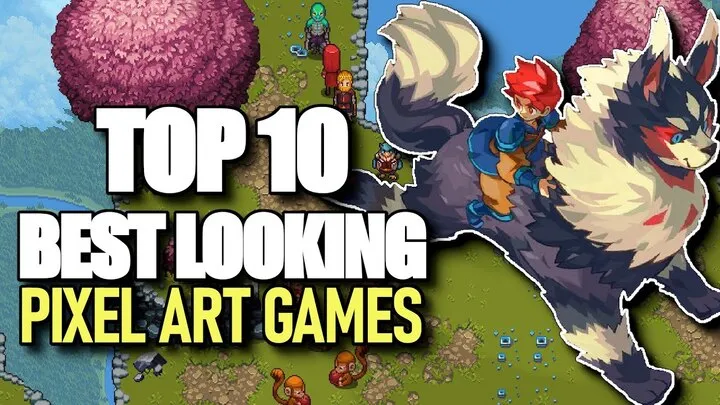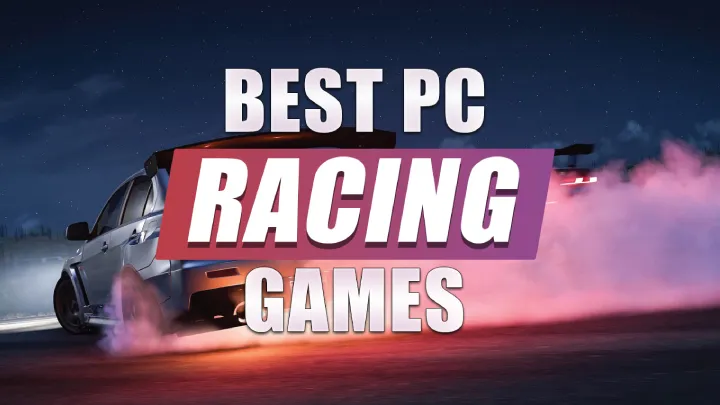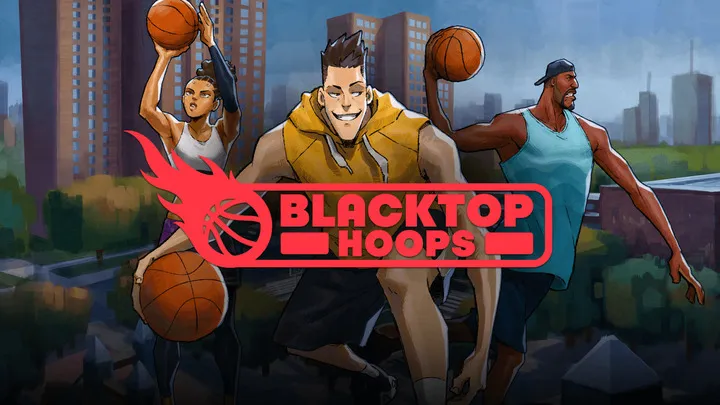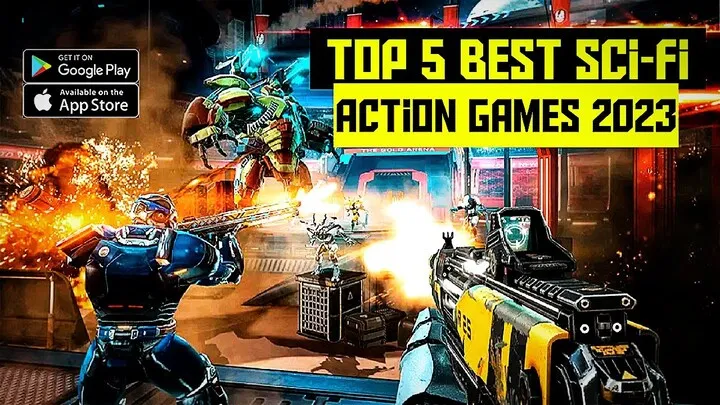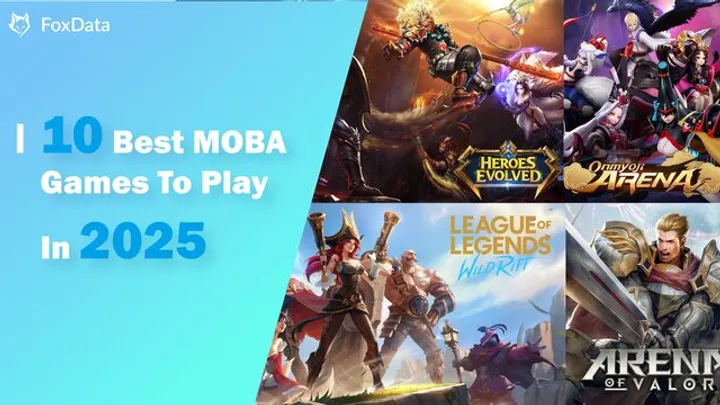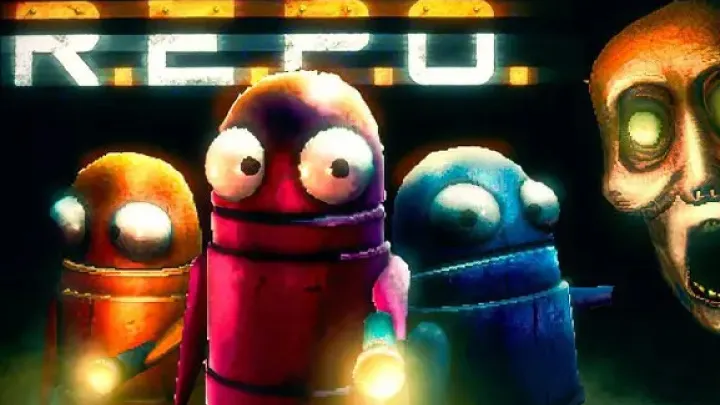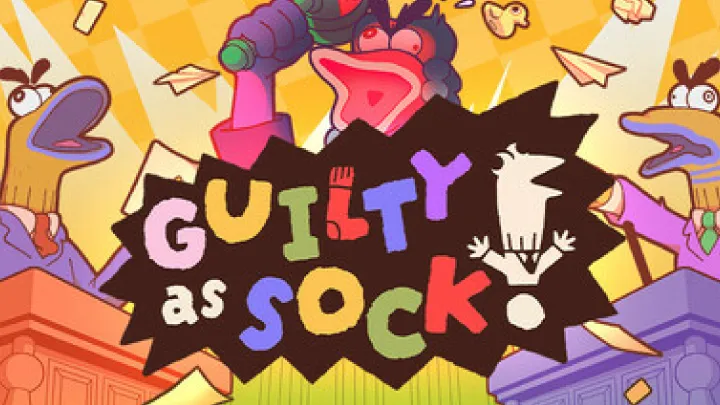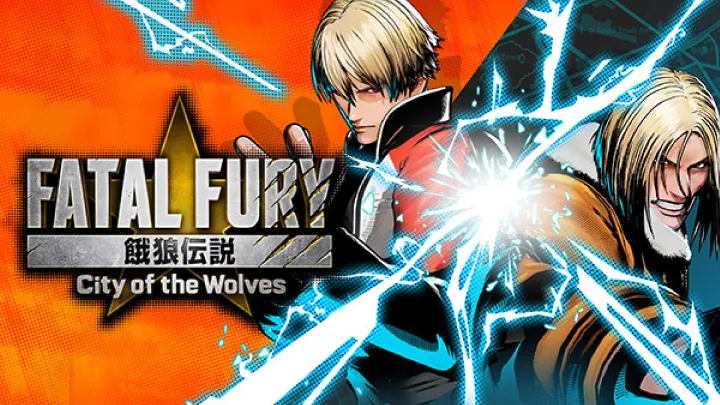Introduction
Pixel-art games have a timeless beauty that transcends generations. They remind us of gaming’s roots while delivering modern stories, mechanics, and emotions. Indie developers, in particular, have embraced pixel art as a way to combine nostalgia with innovation. Whether it’s a heartfelt narrative, an action-packed journey, or a mysterious world to explore, pixel-art indie games prove that you don’t need hyper-realistic graphics to create unforgettable experiences. Let’s explore the top pixel-art indie titles that have captured the hearts of players worldwide.
1. Celeste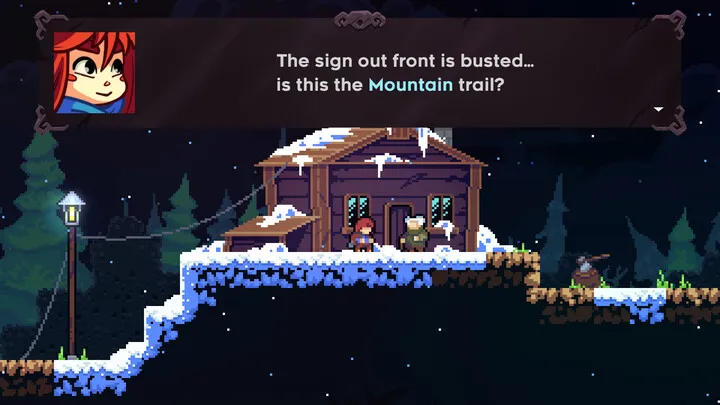
“Celeste” is more than just a platformer; it’s a moving story about perseverance, mental health, and self-discovery. The game follows Madeline as she attempts to climb the titular Celeste Mountain, facing physical and emotional challenges along the way.
The gameplay is tight and responsive, demanding precise platforming skills and quick reflexes. Each death teaches you something new, making every success feel earned. The retro pixel-art style perfectly complements its emotional storytelling, blending nostalgia with sincerity. Celeste is proof that even simple visuals can deliver complex emotions and depth.
2. Stardew Valley
Few indie games have had as much cultural impact as “Stardew Valley.” Created by a single developer, ConcernedApe, this farming simulator redefined what pixel-art games could achieve. Players build farms, raise animals, mine for resources, and form relationships with townsfolk—all at their own pace.
The cozy aesthetic, charming characters, and soothing soundtrack make Stardew Valley an escape from the chaos of everyday life. Its pixel-art visuals capture the warmth and simplicity of classic 16-bit RPGs while offering an impressive amount of detail and interactivity. It’s a game that players return to year after year.
3. Dead Cells
“Dead Cells” combines the best of roguelikes and Metroidvania-style games with stunning pixel-art animation. Every motion, from a sword slash to a dodge roll, feels fluid and alive. The game’s world is dark yet beautifully designed, with dynamic lighting that gives depth to its pixel environments.
Each run offers new weapons, mutations, and paths, ensuring no two playthroughs are the same. The challenge is steep but fair, rewarding skill and adaptability. Dead Cells’ mix of vibrant visuals and relentless action sets a high standard for modern pixel-art design.
4. Undertale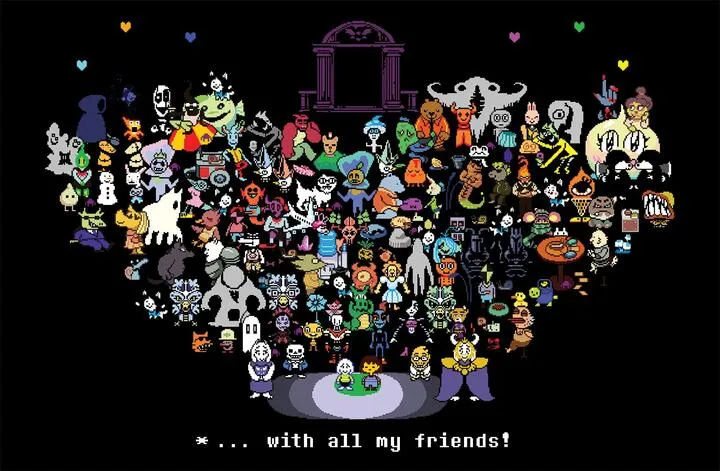
“Undertale” is a cult classic that broke all expectations of what a pixel-art RPG could be. Created by Toby Fox, this game invites players into a world filled with monsters, humor, and moral choices. Every decision matters, from sparing enemies to building relationships.
The combat system is unique, blending bullet-hell mechanics with traditional turn-based combat. Its retro graphics may seem simple, but every sprite and animation is filled with personality and purpose. Undertale’s storytelling and music have become legendary, influencing countless indie developers since its release.
Katana ZERO
Stylish, fast-paced, and unapologetically cool, “Katana ZERO” delivers neo-noir storytelling with pixel-perfect execution. Players control a samurai assassin who can slow down time, deflect bullets, and slice enemies with precision.
Beyond its intense action, Katana ZERO tells a fragmented and mysterious story about trauma and identity. The cinematic presentation—enhanced by detailed pixel environments and dynamic lighting—makes every encounter memorable. It’s a masterclass in combining storytelling and gameplay in a pixel-art format.
Hyper Light Drifter
“Hyper Light Drifter” feels like a dream—a haunting, wordless adventure filled with mystery and melancholy. Its vibrant pixel-art world is inspired by 16-bit classics but elevated with modern fluidity and atmosphere.
The game’s world tells its story through visuals and exploration rather than dialogue. Every ruin, enemy, and location feels meaningful. The combat is fast and deliberate, while the soundtrack deepens its emotional resonance. Hyper Light Drifter is a true work of art that proves how pixel games can express profound emotion without a single spoken word.
Shovel Knight
“Shovel Knight” pays homage to the golden age of 8-bit gaming while refining it for a modern audience. With tight platforming mechanics, memorable bosses, and a soundtrack that could rival any NES classic, this game is both a love letter and an evolution.
The pixel-art visuals are sharp and colorful, striking a perfect balance between nostalgia and innovation. Shovel Knight’s success also revived interest in retro-inspired indie games, proving that pixel art can still dominate modern gaming.
Terraria
Imagine Minecraft meets 2D pixel-art exploration—that’s “Terraria.” Players mine, craft, build, and fight through endless worlds filled with secrets and dangers. The game’s freedom is astounding; you can build castles, dig deep into the earth, or challenge massive bosses.
Despite its simple visuals, Terraria’s pixel environments are incredibly detailed and interactive. Lighting, weather, and biomes create a sense of immersion rarely seen in 2D games. It’s one of the best-selling indie games ever, thanks to its creativity and endless replayability.
Octopath Traveler
While technically developed by a major studio, “Octopath Traveler” stands out for its “HD-2D” art style—a modern evolution of pixel art. It merges detailed 3D environments with beautifully rendered 2D characters, creating a stunning visual hybrid.
Each of the eight protagonists has a unique story and path, giving players the freedom to explore and experience the world from different perspectives. The turn-based combat and emotional storytelling elevate Octopath Traveler into a modern RPG masterpiece that still honors pixel-art traditions.
The Messenger
“The Messenger” begins as a classic side-scrolling ninja platformer but evolves into something much more. It cleverly transitions from an 8-bit to a 16-bit aesthetic as the story progresses, blending nostalgia with innovation.
Fast-paced gameplay, witty humor, and precise controls make it a standout in the genre. The Messenger celebrates the evolution of pixel-art games, both visually and mechanically, showing how far the medium has come since its early days.
Conclusion
Pixel-art indie games continue to thrive because they balance nostalgia with creativity. These titles don’t rely on cutting-edge graphics—they rely on passion, storytelling, and design excellence. Whether it’s the emotional journey of Celeste, the action of Dead Cells, or the freedom of Terraria, each game offers a unique experience wrapped in a charming aesthetic.
The pixel-art style has become a symbol of authenticity in indie gaming, reminding us that even small teams can build worlds that resonate deeply with players. As technology advances, these games prove that artistry and emotion will always matter more than resolution or realism.








